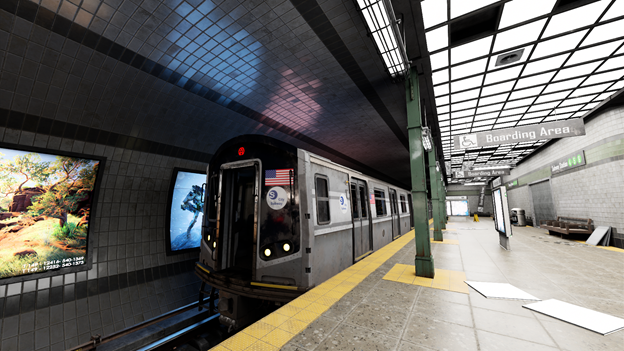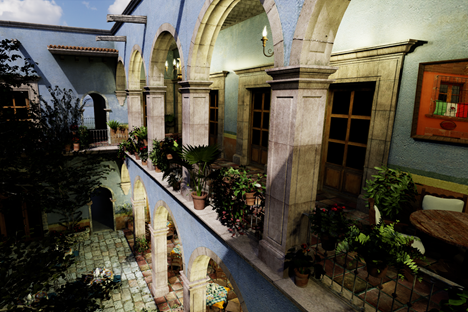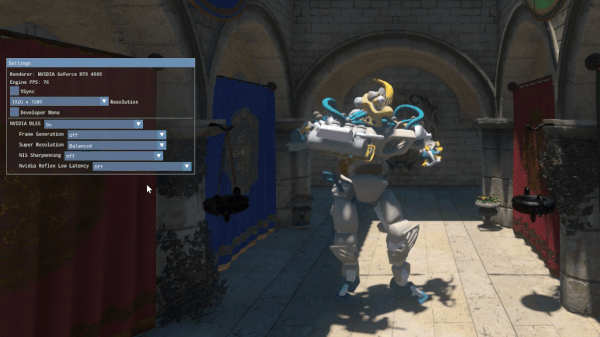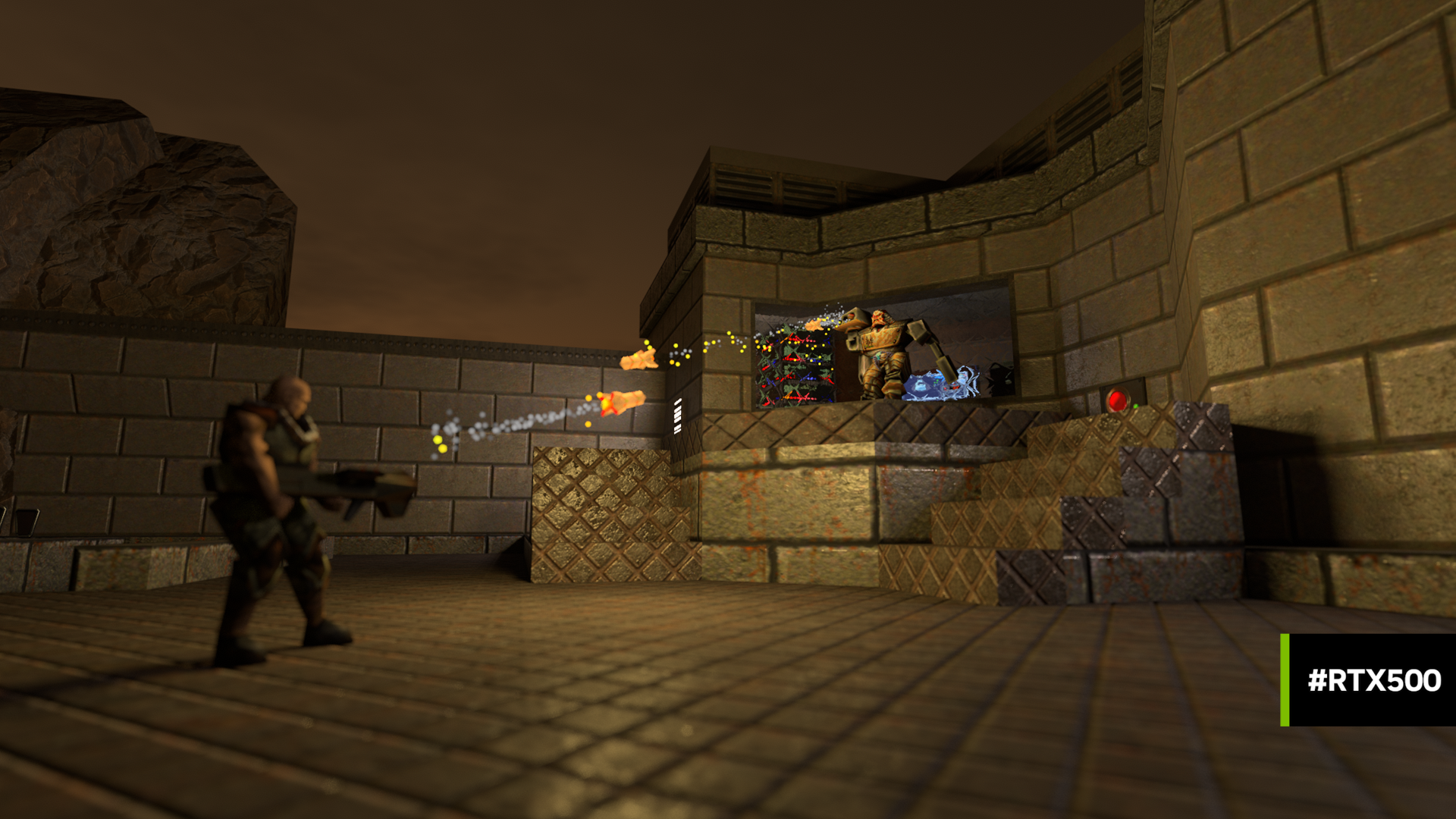Today NVIDIA is releasing the ACM SIGGRAPH 2020 research paper showing how to render dynamic direct lighting and shadows from millions of area lights in real-time. This was previously impossible. Traditionally, games achieved complex lighting using baked solutions augmented by a few dynamic emitters. Recent RTX games have upgraded to dynamic area lights with physically correct shadows, but ray budgets limit games to tens of lights with dynamic shadows.

The NVIDIA research collaboration with the Visual Computing Lab at Dartmouth College allows direct lighting from millions of moving lights with today’s ray budgets. The approach requires no complex light structure, no baking, and no global scene parameterization, yet gives results up to 65x faster than prior state of the art. All lights cast shadows, everything can move arbitrarily, and new emitters can be added dynamically. The researchers implemented the technique using DirectX Ray Tracing (DXR), accelerated by NVIDIA RTX and NVIDIA RTCores.
The paper, “Spatiotemporal Reservoir Resampling for Real-Time Ray Tracing with Dynamic Direct Lighting,” provides theoretical and implementation details for the reservoir-based spatiotemporal importance resampling (ReSTIR) technique.


“Our key insight was to reuse information from spatially and temporally adjacent pixels to inform which rays to trace” says Benedikt Bitterli, one of the paper’s authors and a Dartmouth Ph.D. student recently awarded a 2020 NVIDIA graduate fellowship. “This idea resembles modern post-process denoising and antialiasing, but while denoising filters the pixel colors directly, we filter probabilities to help guide rays to reduce future noise.”
“This will bring about a sea change for content creation,” says Kevin Margo, CGI Creative Director at NVIDIA. “This research lets us light scenes intuitively, placing arbitrary numbers of emissive objects that cast dynamic shadows, and the lighting ‘just works’ in the renderer.”
We hope the technique not only drives near-term image quality improvements, but also inspires further research on real-time and offline path tracing.










